It’s not often you associate Vincent van Gogh — the tortured Dutch genius of Starry Night fame — with anime fans in Pikachu hoodies. But standing in front of Utagawa Hiroshige’s woodblock prints this weekend, I realised something: Van Gogh was, in many ways, the original weeb.
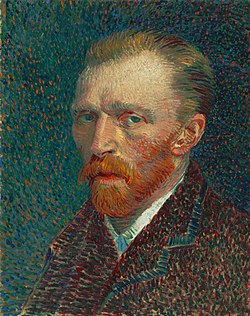
In the 19th century, Japan had just re-opened to the West after over two centuries of isolation. Japanese woodblock prints — known as ukiyo-e — flooded Europe, captivating artists who were tired of rigid academic painting. Among the most enchanted was Van Gogh, who not only collected hundreds of prints but also integrated their style directly into his own work.
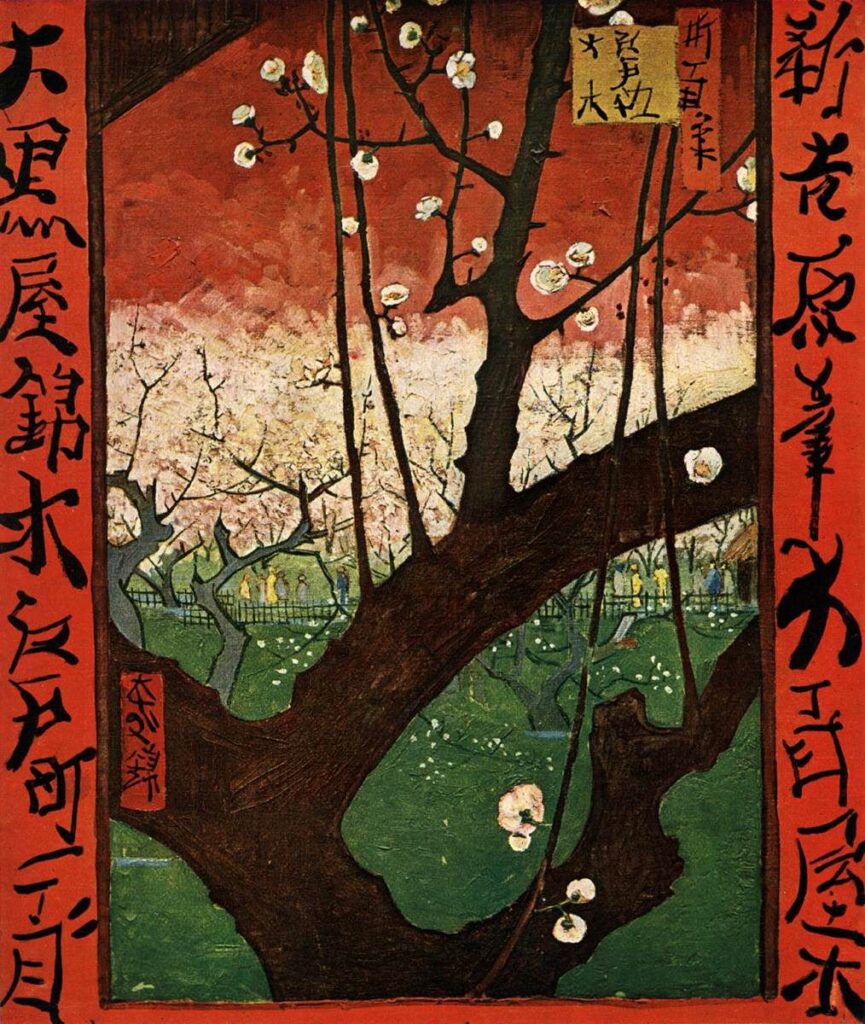

Take his Flowering Plum Orchard (after Hiroshige), a near-direct copy of one of Hiroshige’s prints. Or The Bridge in the Rain (after Hiroshige), where Van Gogh even emulated the Japanese calligraphy with squiggled nonsense in the borders to mimic the original. This wasn’t casual inspiration — this was earnest, obsessive homage.
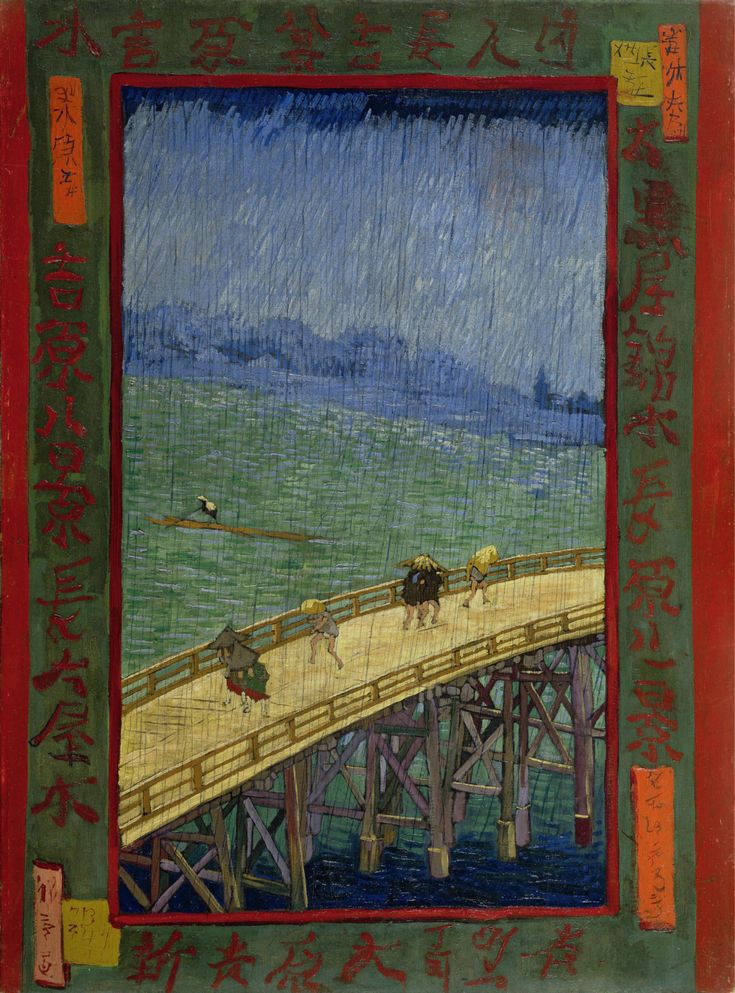
In his letters to his brother Theo, Van Gogh wrote passionately about Japan as an artistic utopia. “All my work is based to some extent on Japanese art,” he declared, imagining Japanese artists as monks, spiritually attuned to nature, colour, and simplicity. He fantasised about going to Japan, believing it to be a land of light, harmony, and pure artistic expression. His mental image bore little resemblance to reality — but isn’t that true of many modern Japanophiles?
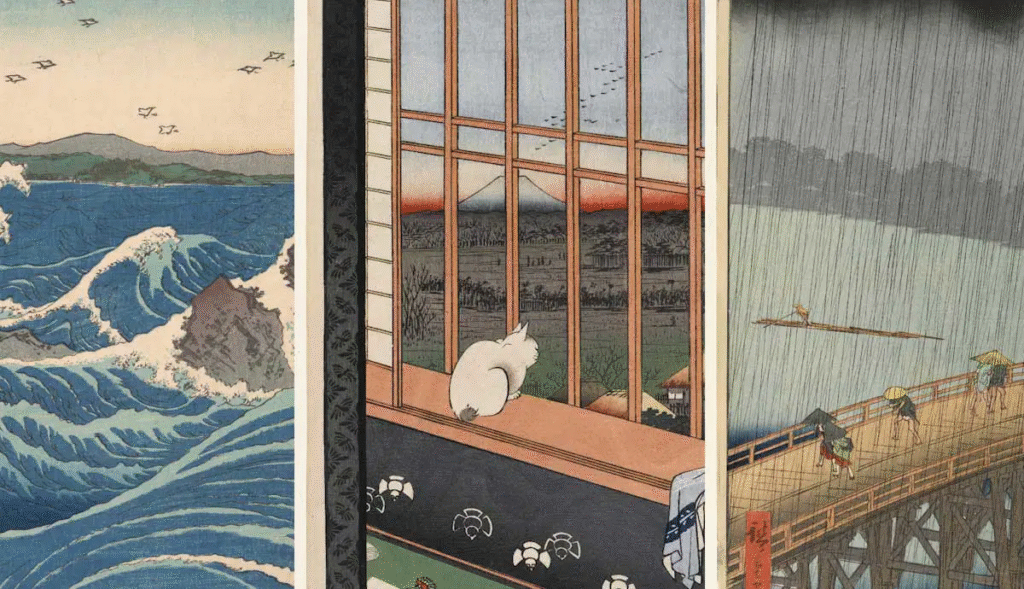
Like today’s weebs romanticising Tokyo as a land of cherry blossoms and 24-hour vending machines, Van Gogh fell in love with an ideal. But his obsession bore fruit: the Japanese influence sharpened his colour palette, flattened his perspective, and helped break with Western tradition.
Reflecting on his 1888 drawing The Countryside along the Shore of the Rhone Seen from Montmajour, Van Gogh wrote to Emile Bernard: “An immense flat expanse of country — seen in bird’s-eye view from the top of a hill… streaming away like the surface of a sea towards the horizon… It doesn’t look Japanese, and yet it’s the most Japanese thing I’ve ever made.”
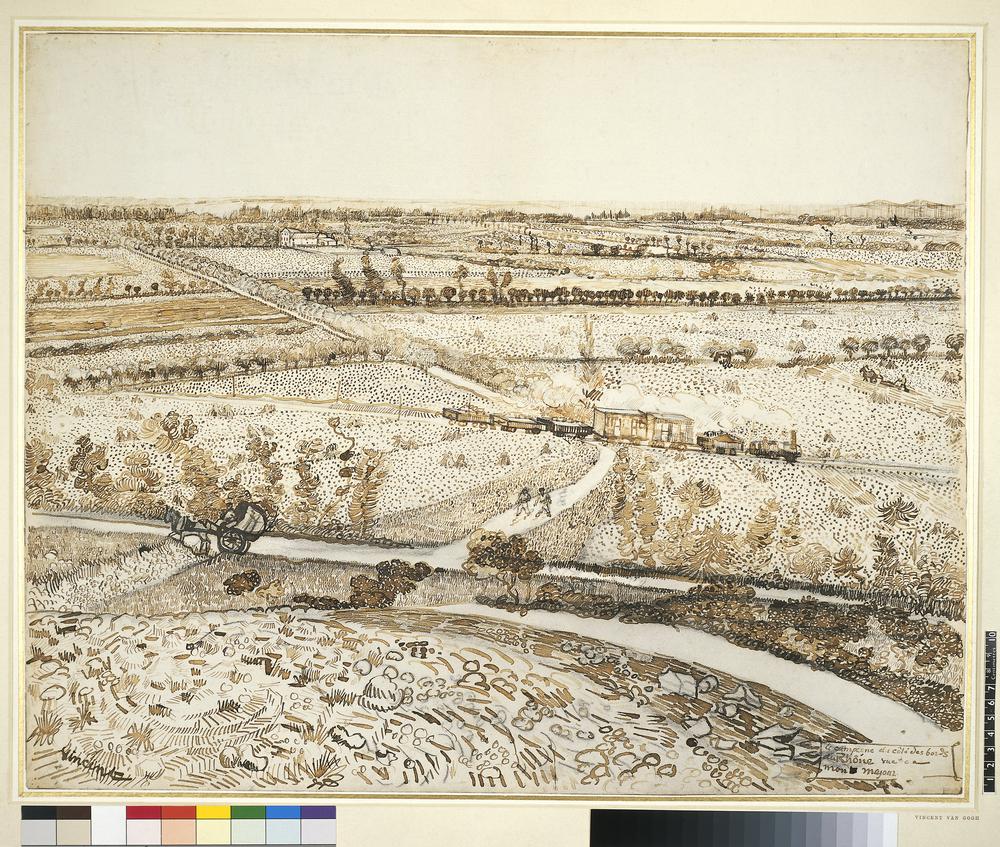
He may not have owned a body pillow or cosplayed at Comic Con, but Van Gogh’s immersion in Japanese aesthetics, his idealisation of Japanese life, and his fan-like devotion to its art mark him as a proto-weeb. Just swap Hiroshige for Hayao Miyazaki, and it’s not so different.
So next time you see someone getting misty-eyed over Kyoto or buying a katana on Etsy, remember: Van Gogh walked so they could Naruto-run.
